Channels

Rotary
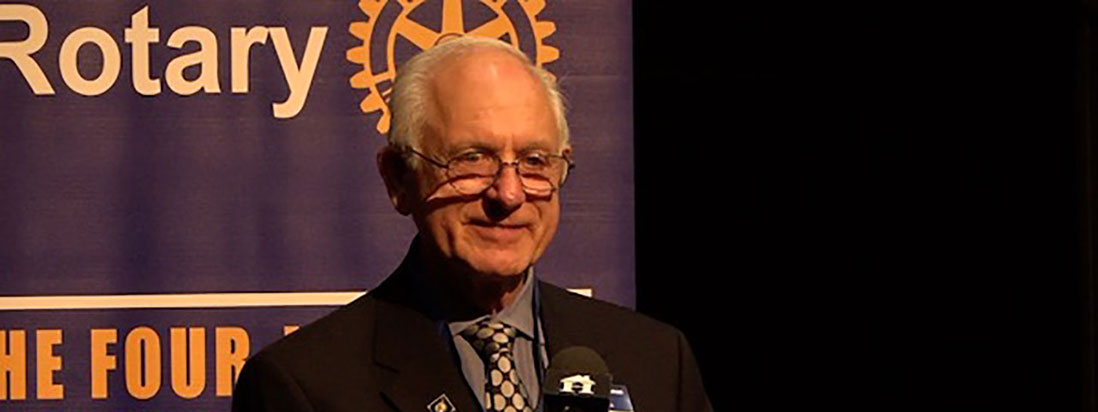
Rotary Conference

Laurel Health Centers

Penn Oak Realty

Movin Together

Bank On It
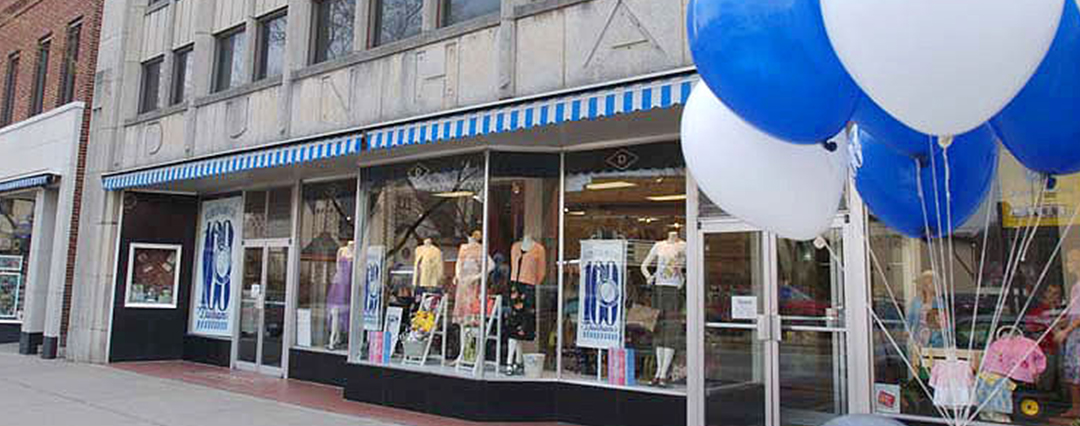
Dunhams Corner
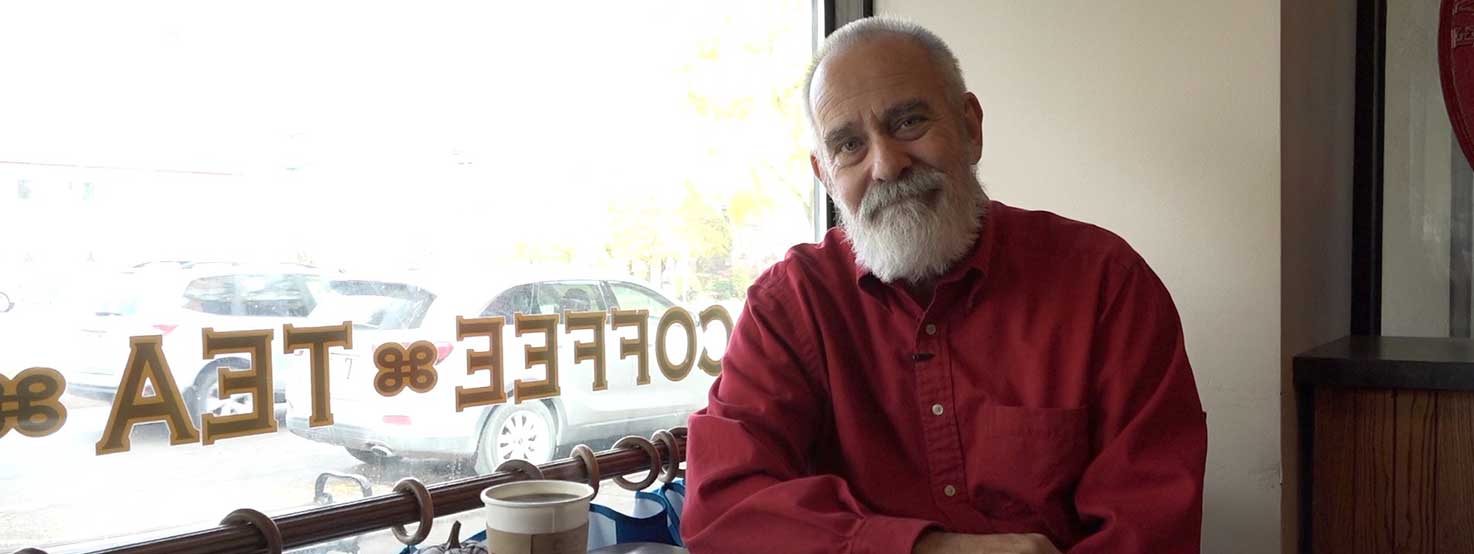
By The Door

Questioning Life

Karschners Insurance

Ag Happenings

Back to Basics

Hornet Happenings
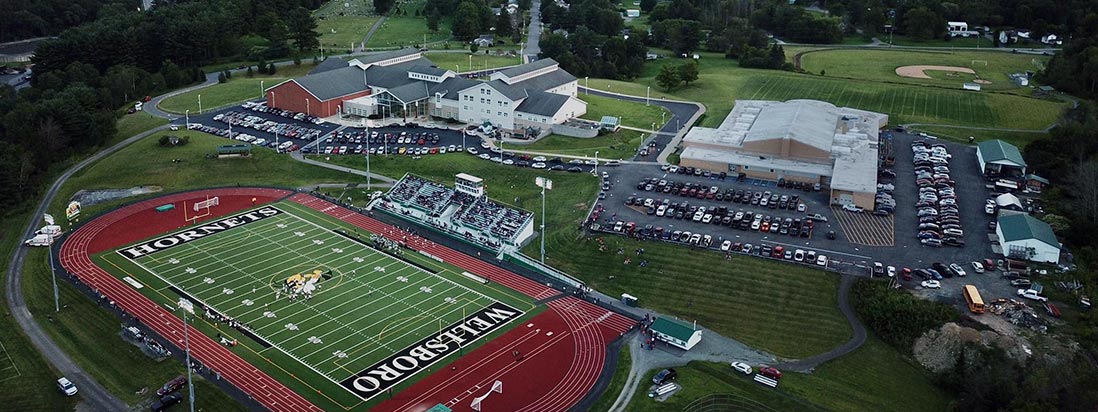
Live From The Hive
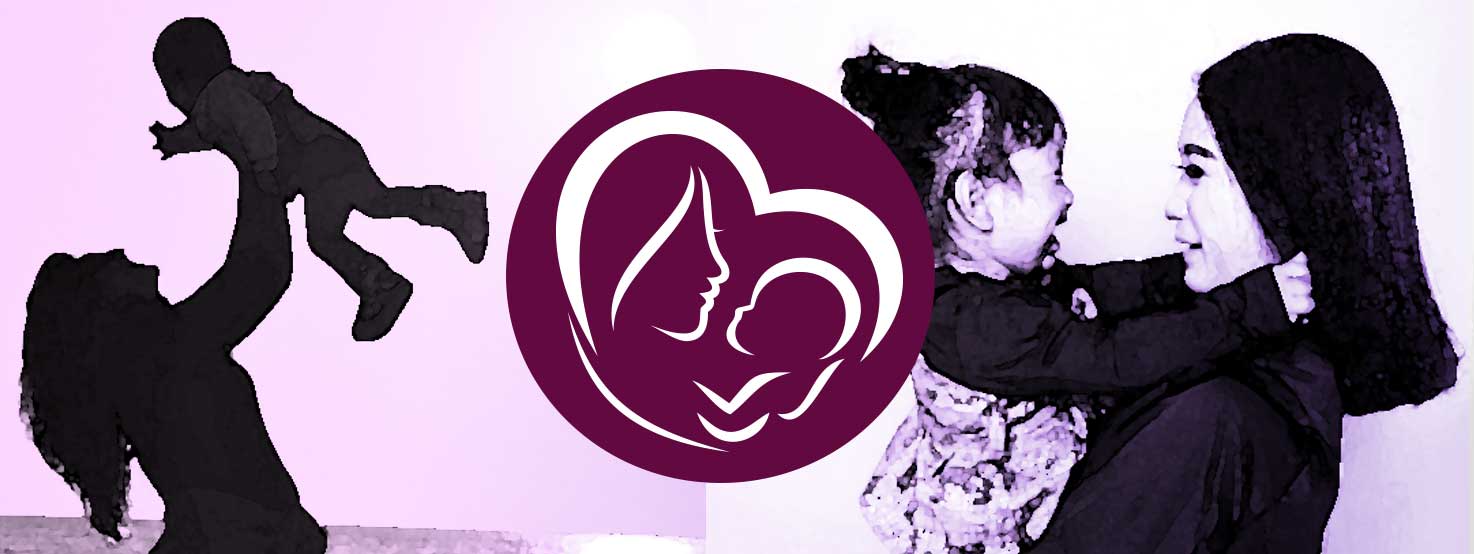
Momday Monday

Pennsylvania Politics

The Briefing

Weekly Highlights
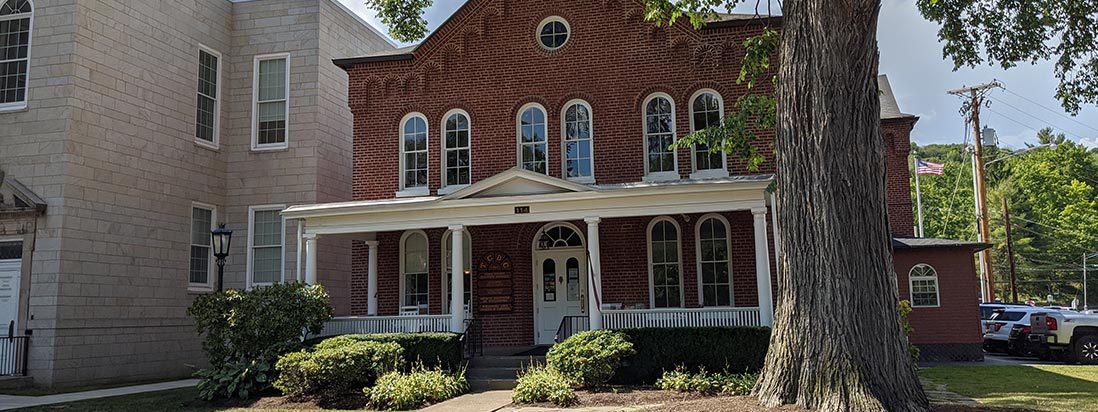
Wellsboro Chamber
PA Hospitals’ Economic Contributions Grow
HARRISBURG, Pa. (May 17) — With a healthy economy high on the public’s list of priorities during this presidential election year, The Hospital & Healthsystem Association of Pennsylvania (HAP) releases its 2015 economic impact analysis showing that Pennsylvania hospitals continue to be a major contributor to the state and local economies.
All hospitals—not-for-profit and investor-owned combined—contributed nearly $115 billion to local and state economies during 2015, an increase of $4 billion from 2014.
The nearly $115 billion in economic contributions – $51 billion directly and $64 billion indirectly — includes the support of more than 625,000 jobs, up 34,000 from 2014. Hospitals provide about one in ten jobs in Pennsylvania, employing more than 286,000 people directly and creating another 339,000 spin-off jobs. These jobs support a payroll of $31 billion.
Every dollar directly spent by Pennsylvania hospitals results in an additional $1.23 spent in other parts of the economy through additional investments, resource utilization, and purchasing power.
Regarding hospitals’ growth in economic reach and support, HAP President and CEO Andy Carter said:
“Hospitals continue to play a critical role as top employers and economic engines at a time when the state and nation face great fiscal pressures. Pennsylvania hospitals are dramatically changing the way they meet patient needs, and in doing so, new economic opportunities are continually being created.
“Behind these numbers are dedicated people and countless stories about organizations with deep roots in their communities. Physicians, nurses, and other health care professionals are the heart and soul of health care, and their roles are critical to providing the right care at the right time and place.
“Looking to the future, health care delivery demands an even broader range of professional skills, extending to specialists in data analytics and predictive analysis, health information technology, telehealth, population health management, disease research, and emergency preparedness.
“Health care innovation brings together the best and brightest from hospitals, education, research and development, and the life sciences. Hospitals and health systems are well-positioned at this intersection, playing a leadership role as they work to transform the health care delivery system with other key stakeholders.”
Carter also emphasized that the state budget and health care policy must support the core mission of hospitals to provide quality, accessible care for patients and to ensure better health for all Pennsylvanians.
“Fiscal stability and modern health care policy are critical to hospitals so that they can sustain their role as economic drivers and health care innovators,” said Carter.
ABOUT HAP: HAP is a statewide membership services organization that advocates for nearly 240 Pennsylvania acute and specialty care, primary care, subacute care, long-term care, home health, and hospice providers, as well as the patients and communities they serve. Additional information about HAP is available online at www.haponline.org.
—-

Katie Byrnes is the Manager of Media Relations at The Hospital & Healthsystem Association of Pennsylvania (HAP). She works with her association colleagues, members, stakeholders, and the media to communicate health care information and advocacy messages that support Pennsylvania hospitals in their efforts to provide safe, high-quality health care.
Katie Byrnes (statewide)
(717) 561-5342
kbyrnes@haponline.org
Twitter: @HAP_Media
Credits:
Produced by Vogt Media






































